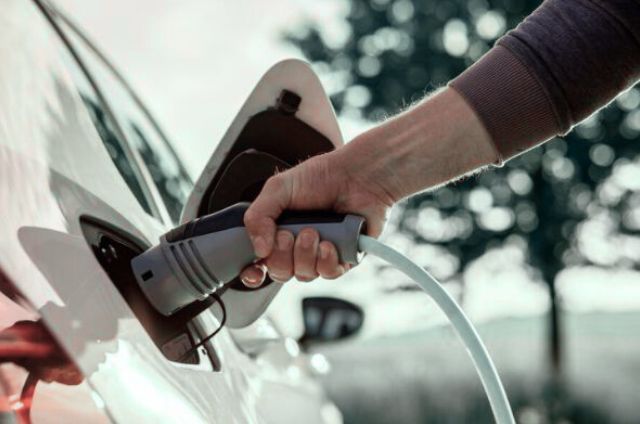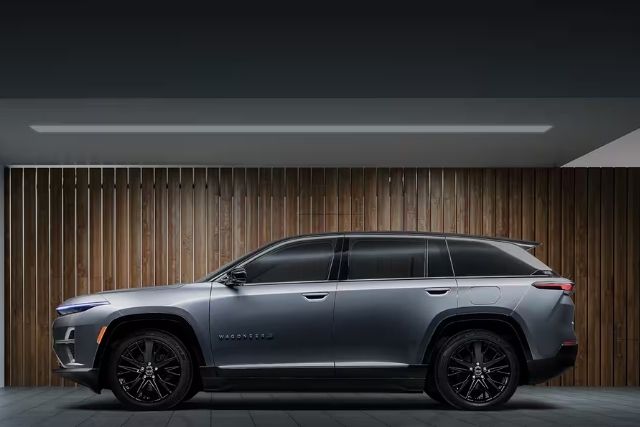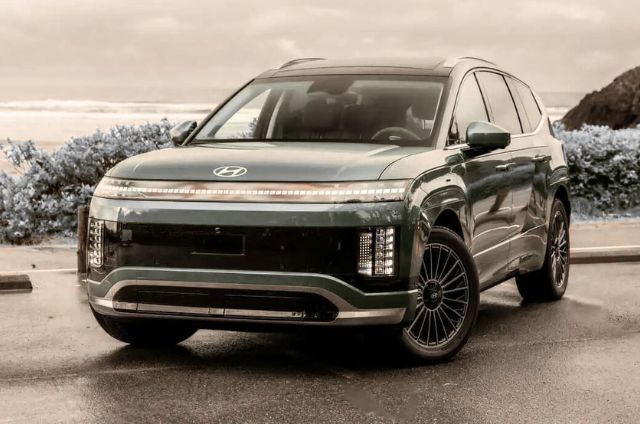Electric vehicles are no longer just a futuristic idea—they’re today’s smartest driving choice. With longer ranges, lower maintenance costs, and fast-growing charging access across the U.S., EVs are proving they’re ready for everyday life.
Batteries Built to Last
One of the most common concerns about EVs is battery life. But the reality is far more reassuring. Most new EVs come with an eight-year or 100,000-mile warranty, guaranteeing at least 70% battery capacity. In real-world use, they often do much better.
For example, Tesla reports that its batteries retain 88% of their capacity even after 200,000 miles. One nine-year-old Model S even completed a 1,500-mile rally using its original battery and motors.
Lower Maintenance, Bigger Savings
EVs are also much cheaper to maintain. With no oil changes, fewer moving parts, and regenerative braking that cuts down on wear, service visits are less frequent—and less expensive.
In fact, data shows EV maintenance costs can be up to 49% lower than those for traditional gas-powered vehicles over a typical four-year lease. That makes a big difference for families, commuters, and fleet operators alike.
Charging Access Is Expanding
Worried about running out of charge? Don’t be. In 2024, “out of charge” issues made up less than 2% of EV roadside callouts. Most EVs now deliver around 275 miles per charge, and premium models top 400. That’s more than enough for daily commutes and even long-distance drives.
The U.S. is rapidly expanding its charging infrastructure, with thousands of public fast chargers now available nationwide. Charging at home or on the go has never been easier.
The Right Time to Switch
Battery life is strong. Maintenance costs are lower. Charging is easier than ever. EVs have reached a tipping point—and today, switching isn’t a gamble, it’s a smart move.
Whether you’re buying your first EV or upgrading from gas, 2025 is the perfect time to plug in and move forward.



